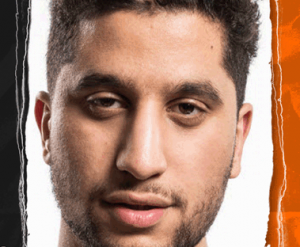The Indian government will discuss the possibility of adopting a common charger for smartphones and other portable electronic devices during a meeting with industry stakeholders on Wednesday.
Also Read| Russian court fines Twitch over ‘fake’ video
The meeting, which will be chaired by Consumer Affairs Secretary Rohit Kumar Singh will be attended by manufacturers of portable electronic devices such as laptops and smartphones.
The gathering will include members from sector-specific groups, industry bodies CII and FICCI, and IIT Delhi and IIT BHU.
Also Read| Adam Neumann announces real estate startup, Flow, valued at over $1 billion
The action follows the Prime Minister’s announcement of the LiFE — Lifestyle for the Environment — a concept at the UN Climate Change Conference (CoP 26) in Glasgow in November last year.
The Union Ministry of Consumer Affairs wrote to industry and other stakeholders, requesting them to collaborate on a proposal to use a single cable to charge all of the gadgets.
Also Read| FTC and Meta headed to court over VR company Within Unlimited acquisition
In a letter to the industry and other stakeholders, Secretary of Consumer Affairs Rohit Kumar Singh said that owing to charging port incompatibility between old and new gadgets, consumers are pushed to purchase a different charger and cable each time they purchase a new device. Consumers not only experience discomfort, but this also increases unnecessary e-consumption, according to the letter. Based on this logic, the government want to consider eliminating the redundant usage of multiple chargers in every household.
Also Read| Apple announces 3-day work week, deadline for workers set to 5 September
Apple will be most impacted by the move because the iPhone still uses the Lighting port for charging, which requires a different cable than all other Android phones in the market.
Apple’s Lightning port stands in sharp contrast to the top five manufacturers in the Indian smartphone industry, which includes Samsung, Xiaomi, Oppo, Vivo, and Realme. All five now use phones with Type-C charging ports. Amazon’s newer Kindle Paperwhite Signature also uses the Type-C USB port.
Also Read| Delaware court directs Twitter to give Musk only one bot checker’s data
Most manufacturers provide Type-C charging even in the truly wireless stereo (TWS) and Bluetooth headphone segments. This is true even for the inexpensive earbuds in the market’s budget sector.
Laptops can also fall under the directive. A lot of laptops also come with custom-designed charging cords and ports. However, companies like Asus, Lenovo, HP, and Dell have adopted Type-C charging, and many of the Type-C ports on these devices may also be used to charge the laptop.
Also Read| TikTok, Alibaba shares algorithm with Chinese government for first time
The concept of a “one charger for all devices” is not new. The European Union also recommended it in June. The logic centred once again around the issue of e-waste and the need for customers to purchase extra chargers.
The new regulations won’t take effect until the bill is passed, which is anticipated to happen this year, according to reports.
Also Read| Elliott sold stake in Twitter amid Elon Musk deal frenzy: report
Once the law is passed, the EU intends to grant phone makers a grace period of 24 months. This should give them ample time to make the change. Manufacturers of laptops will be given 40 months to adjust their products to the new standards.






